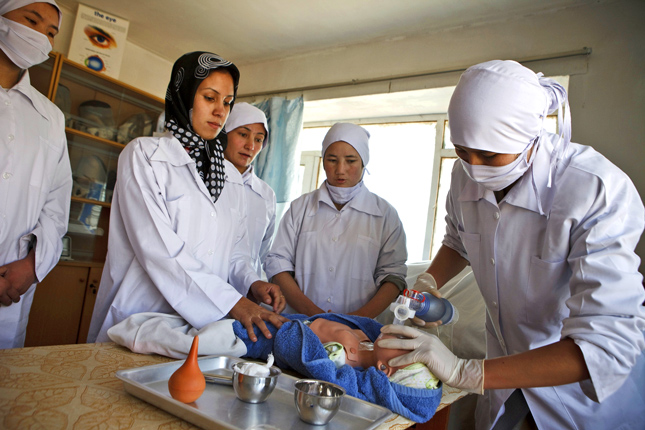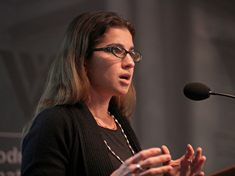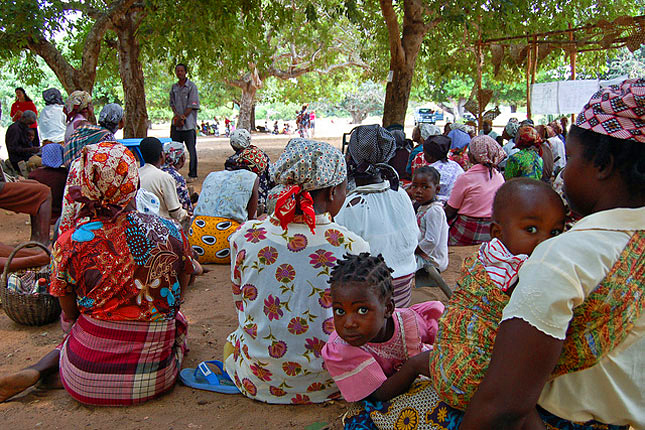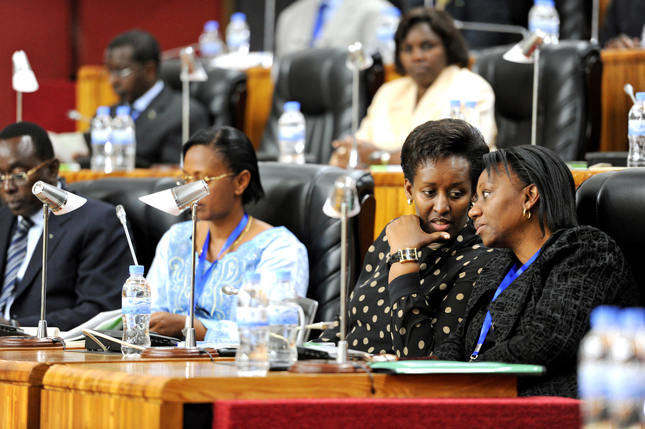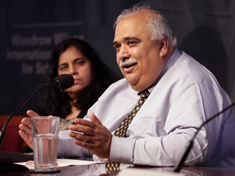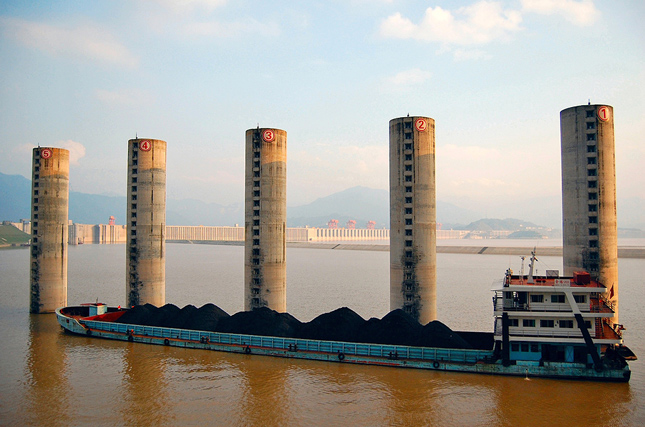-
Laurie Mazur, Aspen Institute
Why Women Are Key to Addressing Climate Change, Hunger, Health, and Development
›October 30, 2014 // By Wilson Center StaffPolicymakers typically address issues like climate, food security, development, and reproductive health separately. But that is not how those issues are experienced by women in developing countries. “At the ground level, these issues overlap 100 percent,” said Dr. Yetnayet Asfaw of EngenderHealth during a recent dialogue on global health and development held at the IMF/World Bank Annual Meetings’ Civil Society Policy Forum.
-
Innovative Technology and Trainings Empower New Generation of Midwives
›
Imagine you are a physician working in a rural health center in a developing country. You’re helping a woman deliver her baby, and it’s just arrived but is not breathing. Meanwhile, the mother has started to hemorrhage. You’re the only one working in the clinic that day, and many life-saving treatments need to start within one minute. You have 60 seconds to make decisions that could cost the lives of two people. [Video Below]
-
Caroline Savitzky: Surge of Interest in Population, Health, and Environment Development in Madagascar
›
The past year brought not only an end to political instability in Madagascar but a new surge of interest in integrated population, health, and environment (PHE) development, says Caroline Savitzky of Blue Ventures in this week’s podcast.
-
UK Global Trends Report Forecasts Security Threats in Face of Growth, Climate and Technological Change
›October 22, 2014 // By Heather Randall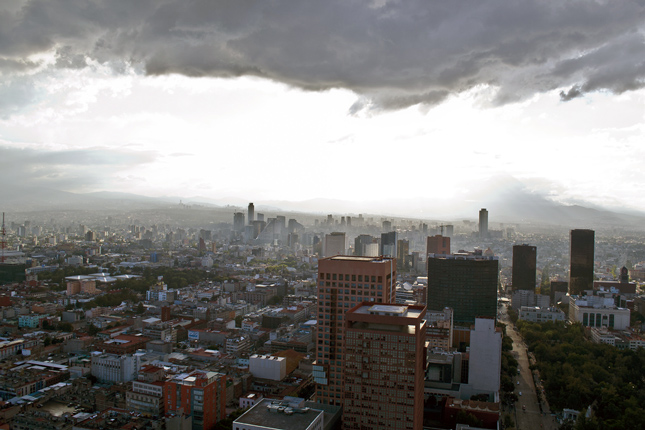
By 2045, global population will be north of 9 billion with increased urbanization and migration, natural resource stress, improved medical technologies, greater use of robotic labor, and a shift towards lifelong (and increasingly online) learning, according to a recent report from the UK Ministry of Defense.
-
What’s Youth Got to Do With It? Investing in Youth Sexual and Reproductive Health a Development Bargain
›
“Half of the world’s population is under 30 – any development agenda would have to address their needs, including their health needs, as part of accomplishing development goals,” said Jennifer Adams, deputy assistant administrator at USAID’s Bureau for Global Health, at the Wilson Center on September 24. [Video Below]
-
Empowerment Without Equity? The Uncertain Progress of Rwanda’s Female Peace-Builders
›October 20, 2014 // By Sarah Meyerhoff
“During the liberation war,” Rwandan President Paul Kagame said in a 2010 speech, “soldiers used to sing a song praising the mothers who had carried them on their backs as babies, nurtured them, and taught them the values that ultimately informed the vision for this nation.”
-
Dr. Harshad Sanghvi: Reducing Maternal and Child Deaths Requires Better Trained, Empowered Health Workers
›
Technological solutions, like improved equipment and logistical tools, have been trumpeted as keys to finally ending preventable maternal and child deaths. “But it’s not just technology innovation that we need; it is systems innovation,” says Dr. Harshad Sanghvi in this week’s podcast.
-
While China Waits on Shale Gas, Soaring Energy Demands Create Regional Tensions
›
China’s energy investments are on the move, touching nearly every region of the globe from coal and liquefied natural gas imports from Australia to a recent natural gas agreement with Russia and expanded oil drilling in the South China Sea. [Video Below]
Showing posts from category development.


